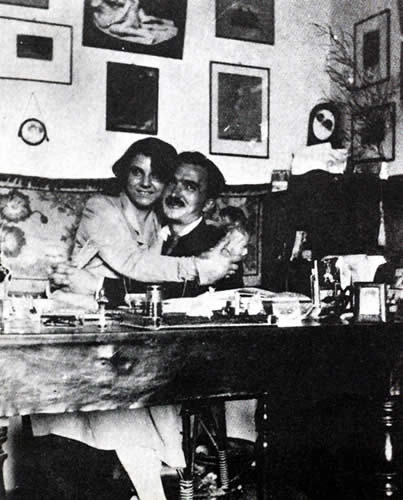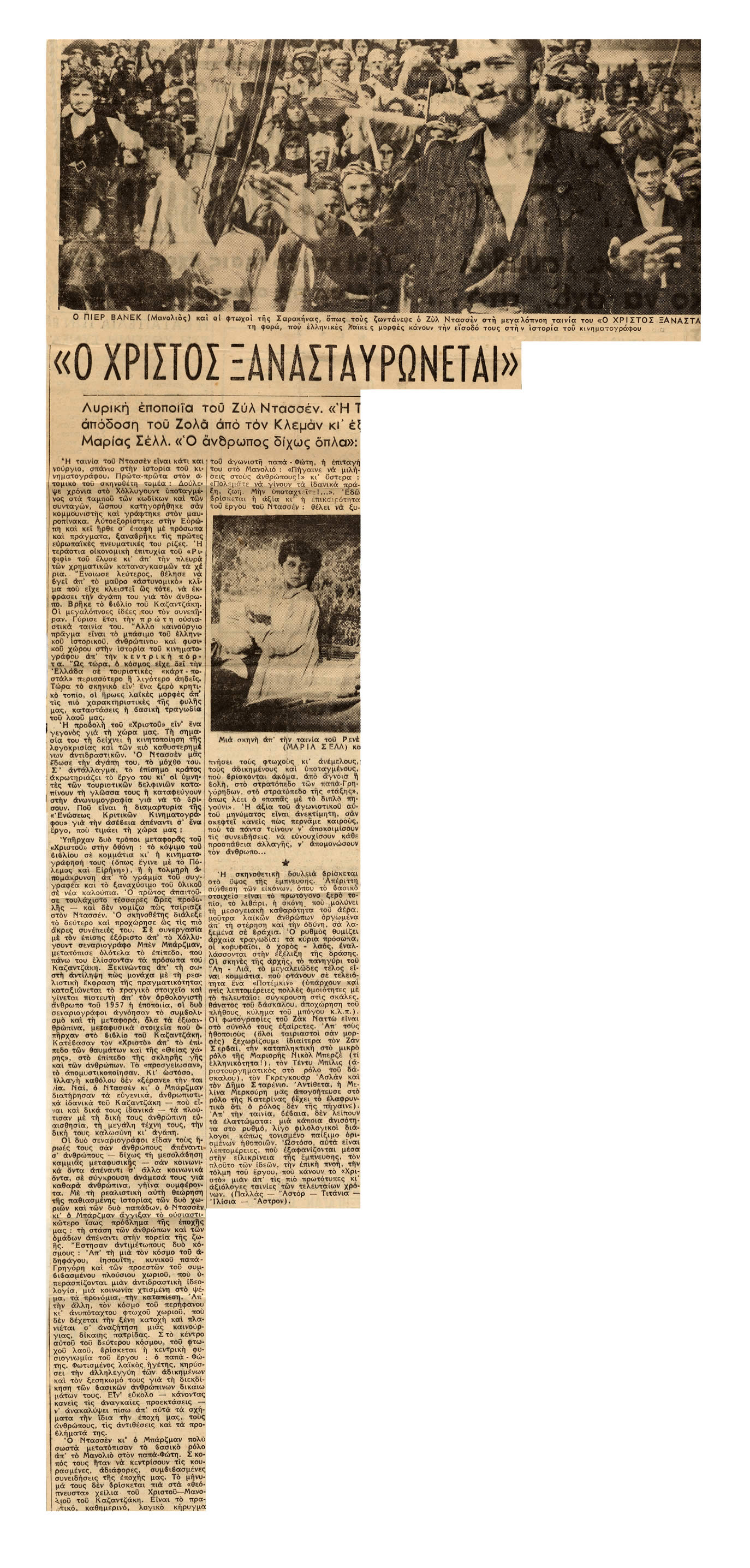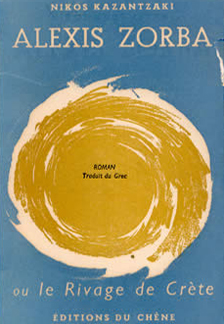-
Excerpt from Pierre Sipriot's interview with Nikos Kazantzakis
French Radio (Paris), 6th May 1955Nikos Kazantzakis talks about Greece
The further away one is from one's country, the more one thinks of it and loves it. When I am in Greece I see the pettiness, the intrigues, the idiocies, the inadequacies of the leaders and the misery of the people. But from afar one cannot distinguish the ugliness so clearly, and one has more freedom to create an image of the country worthy of true love. That's why I work better and love Greece more when I am abroad. Far away from her I am better able to grasp her essence and her mission in the world, and thus my own humble mission. Something special happens to Greeks who live abroad. They become better. They take pride in their race, they feel that being Greeks they have the responsibility to be worthy of their ancestors. Their conviction that they are descended from Plato and Pericles may perhaps be utopian, it may be an act of autosuggestion going back thousands of years. But once this autosuggestion becomes faith it exercises a fertile influence on the Modern Greek soul. It was thanks to this utopia that the Greeks survived. After so many centuries of invasion, slaughter and famine they should have disappeared. But the utopia, which has become faith, does not let them die. Greece still survives, I think it still survives through a succession of miracles








































